
DEEP INTO THE COMMUNITY
Black Diamond Athlete Angela Hawse is a guide for change.
You're eligible for Free Shipping!
$0.00 USD
“Does that harness have a full strength haul loop?” they say, pointing to a friend’s gear at the crag. It’s a phrase I hear all the time, and it sends shivers down my spine. Do these people know what they’re asking? What does “full strength” mean anyway?

Unfortunately, this question does not come with an easy answer. But here’s the background: In order to sell Personal Protective Equipment (or PPE) in Europe, it must be CE certified. (Interestingly enough, this is not a requirement to sell product in North America). There are many requirements for certification, but for sake of this discussion, we are concerned with only one of them, which is often thought of as the main requirement. This requirement is known as ultimate breaking strength, or, in other words, a measurement of how strong something is.
For Cams, the minimum ultimate breaking strength requirement is 5kN, for carabiners it’s 20kN in closed gate, 7kN in open gate, and 7kN in minor axis; for harnesses it’s 15kN, slings are 22kN, stoppers are 2kN, ice screws are 10kN and on and on it goes. Note: remember - 1kN = ~ 225lbf.






Let’s assume for a second that people are wondering if the haul loop is the same strength as the belay loop (which has a CE requirement of 15kN). My ultimate question back to them is Why does it matter? Haul loops on harnesses are made for exactly that reason—to tag or haul a line, hence the name. Technically, that haul loop only needs to be able to withstand the weight of a tagline (a few pounds). So why are people so hung up on wanting a “full strength” haul loop on their harnesses? At the end of the day, you should never be tying in with the haul loop, belaying off the haul loop, anchoring in with the haul loop on a multipitch climb and certainly not “Aussie style rappelling” off the haul loop. The haul loop is for hauling, plain and simple.

You may also notice that on some of our harnesses, we have a haul loop that doesn’t look like a belay loop—it’s perhaps a very thin layer of fabric looking more like a belt loop, and we’ll even call out 0KN directly on it. We do this to try and make it very clear that this is not strong. Some other companies do the same thing, intentionally making the haul loop look very weak to relay the fact that this component is not strong and not “full strength.”
Testing
Mandatory Disclaimer #1: As in most QC labs we write up, the purpose is to get some (hopefully) useful information to you, the climbers. This is not an extensive thesis-level study on the intricacies of harness design use and mis-use. Rather, it is a smattering of data to try to get a point across.

Once again, you should always tie in through the tie-in points and belay off the belay loop. A good rule of thumb from the association of Canadian Mountain Guides is this: “tie-in points are for fabrics, and the belay loop is for metal components.” So tie in, girth your personal anchor system, etc. through the tie-in point, and only clip carabiners through your belay loop. Your belay loop is for belaying (that’s why it’s called that). And of course you should never tie in or clip into your gear loops, haul loops, leg straps, etc.

Bottom Line
The bottom line is that there really is no such thing as “full strength” in general climbing terms. If you’re talking about “full strength,” it really depends on what category of climbing equipment you’re talking about, because the requirements differ.
And the haul loop of your harness is for tagging a line (to haul up extra gear, haul the pig or as your second cord for retreat). Some haul loops may be strong, while others may not, and it’s not necessarily easy to tell. You should only ever use the tie-in points or belay loop of your harness for tying in, anchoring yourself in, or belaying.



Follow BD Athlete Yannick Glatthard deep into the Swiss Alps as he shares his home...
Follow BD Athlete Yannick Glatthard deep into the Swiss Alps as he shares his home mountains with close friends.

Follow Dorian Densmore and Mya Akins for another winter season of steep Alaskan spines, backyard...
Follow Dorian Densmore and Mya Akins for another winter season of steep Alaskan spines, backyard couloirs, and deep adventures in the mountains.
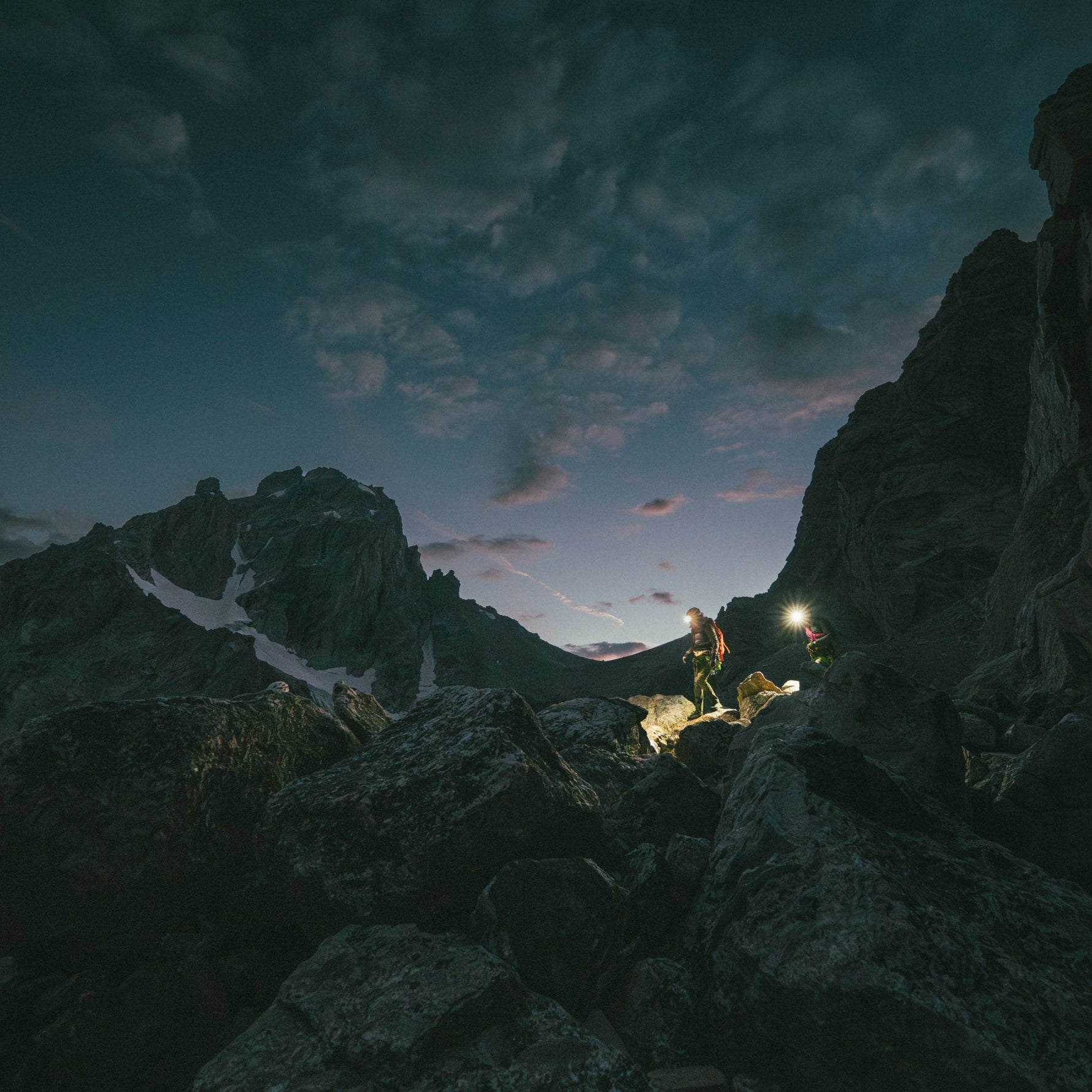
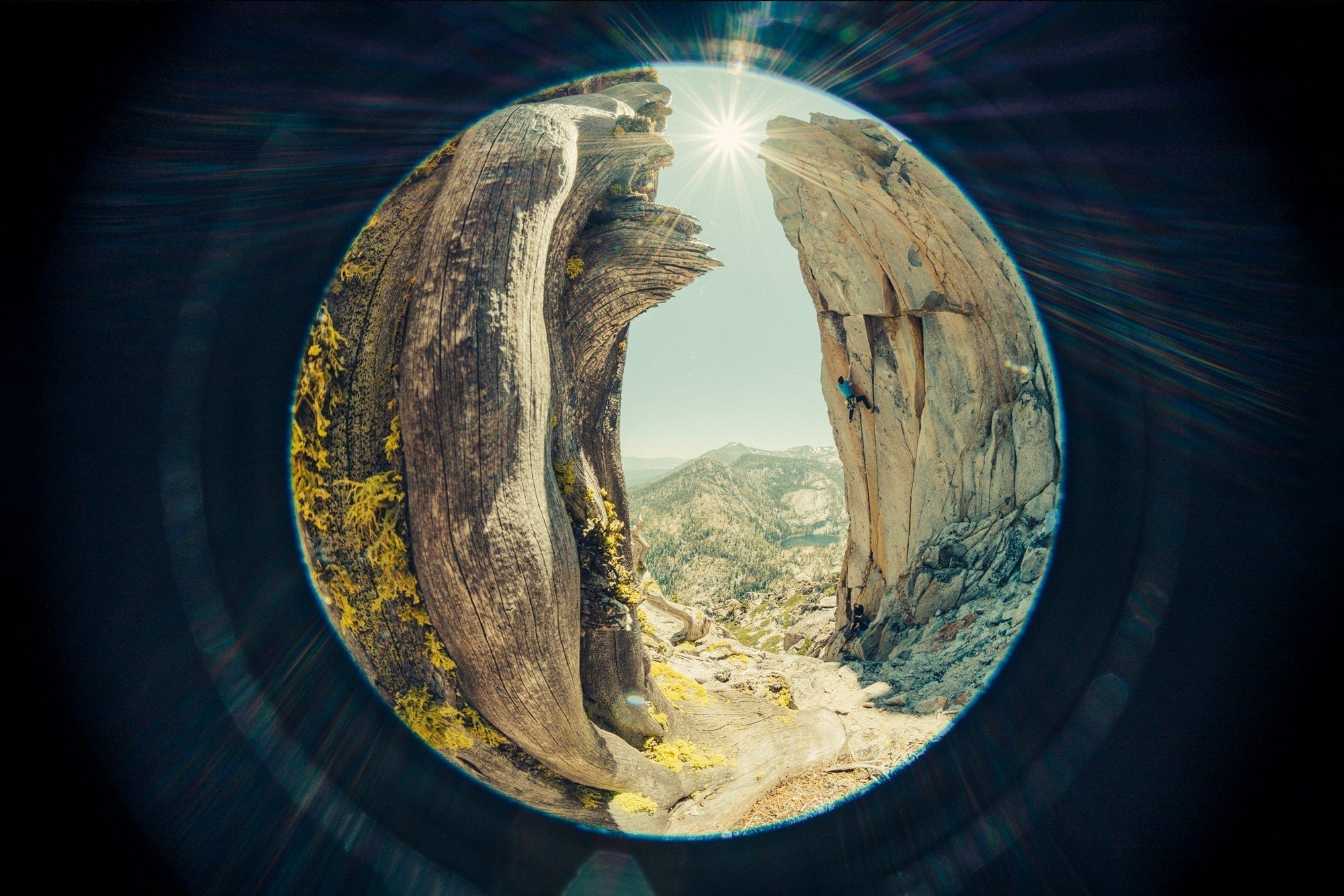
Watch BD Athlete Alex Honnold throw down on some hard trad high above Tahoe.
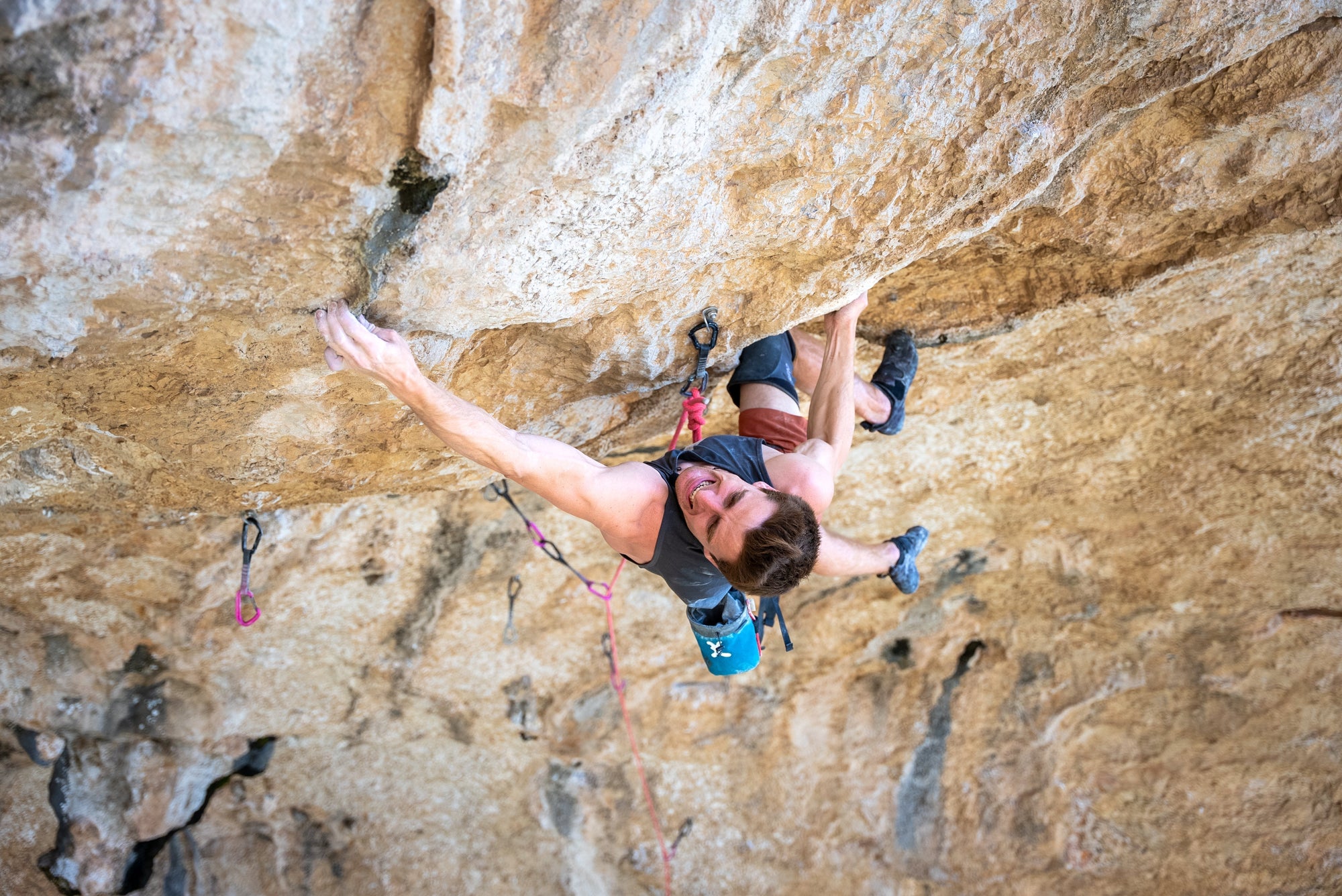
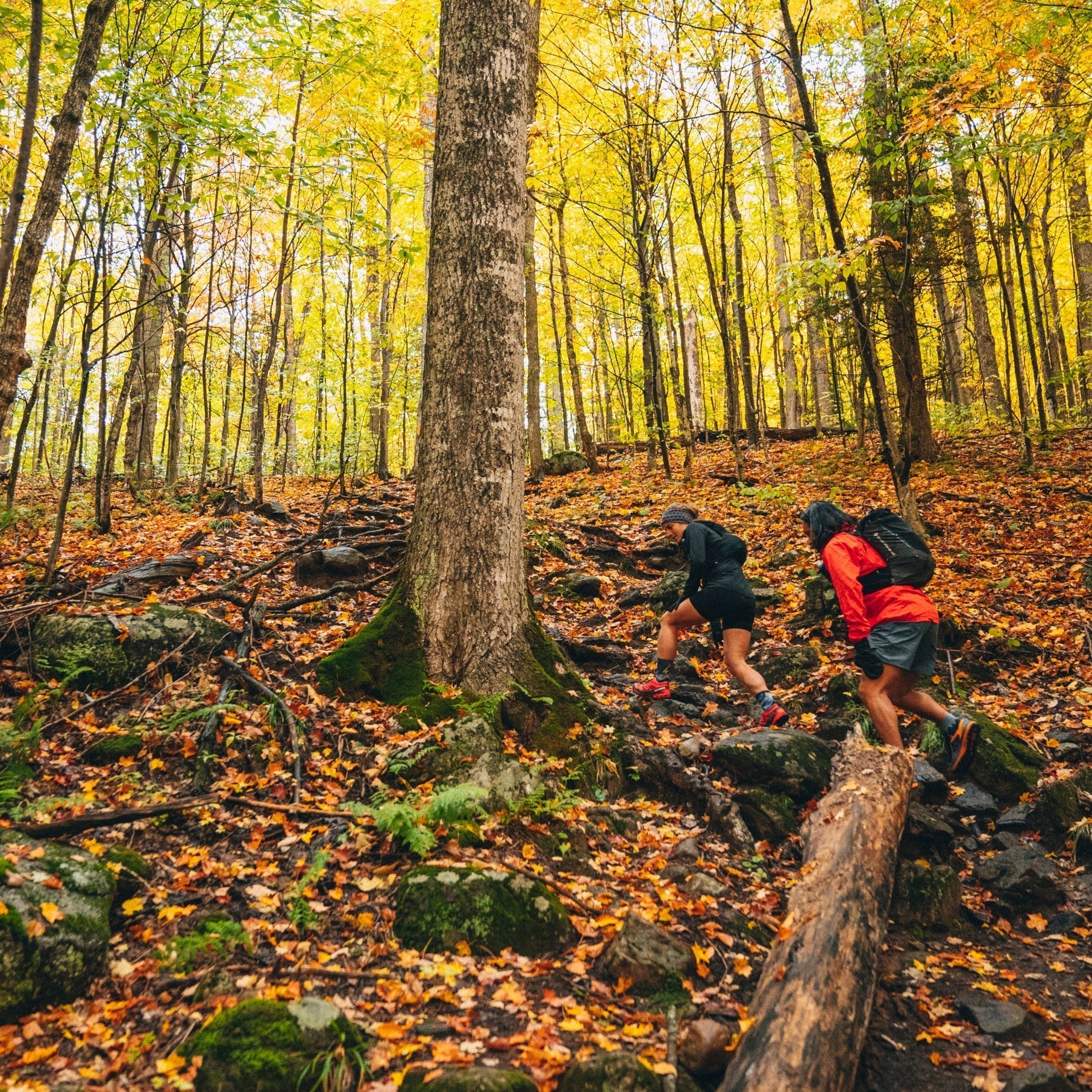
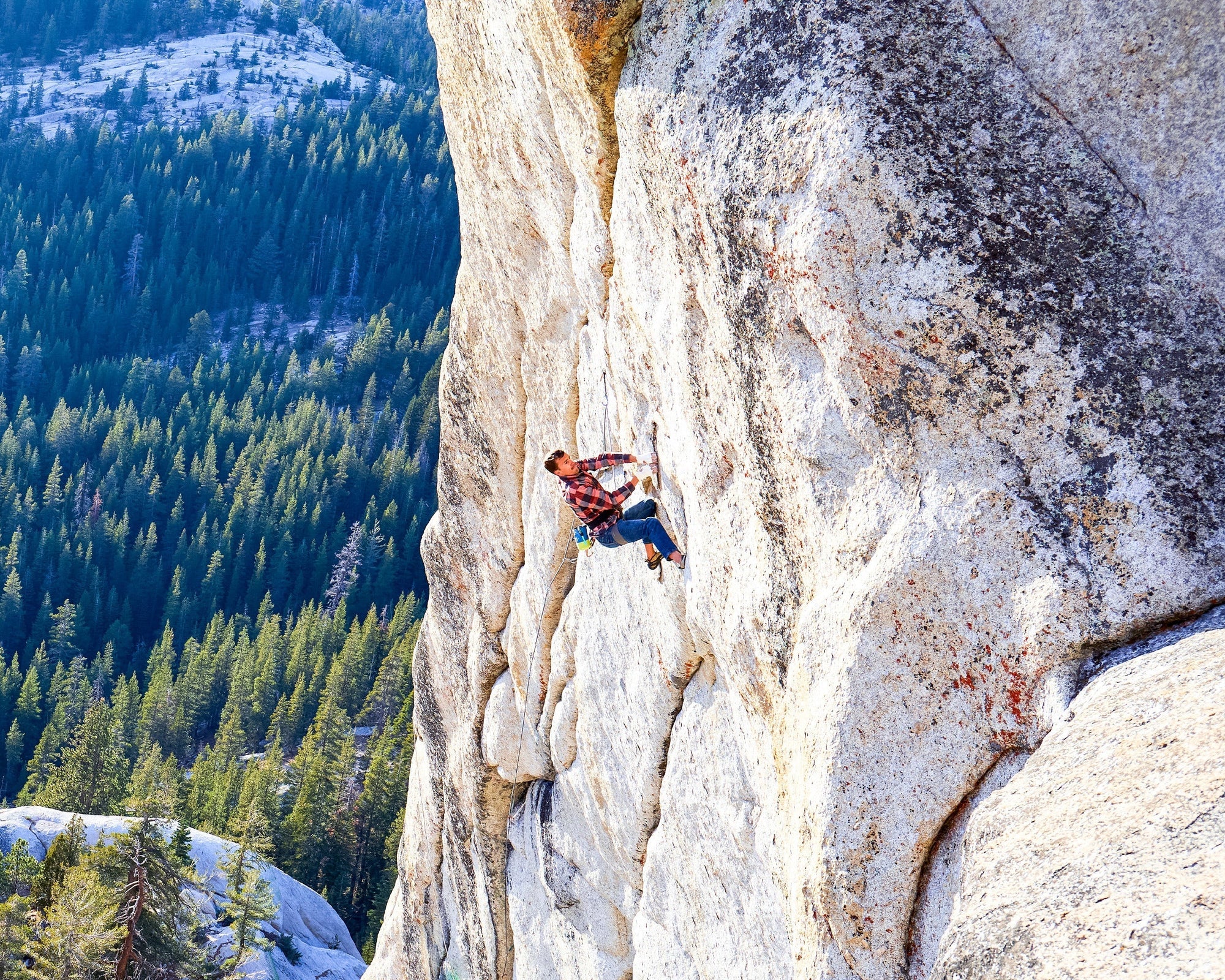
In 2012, filmmaker and photographer Ben Ditto, and professional climber Mason Earle equipped an immaculate...
In 2012, filmmaker and photographer Ben Ditto, and professional climber Mason Earle equipped an immaculate line in Tuolumne’s high country. But their attempts to free the route were thwarted when Mason’s life changed drastically. With the help of Connor Herson, Ditto and Mason found a way to keep the dream alive.
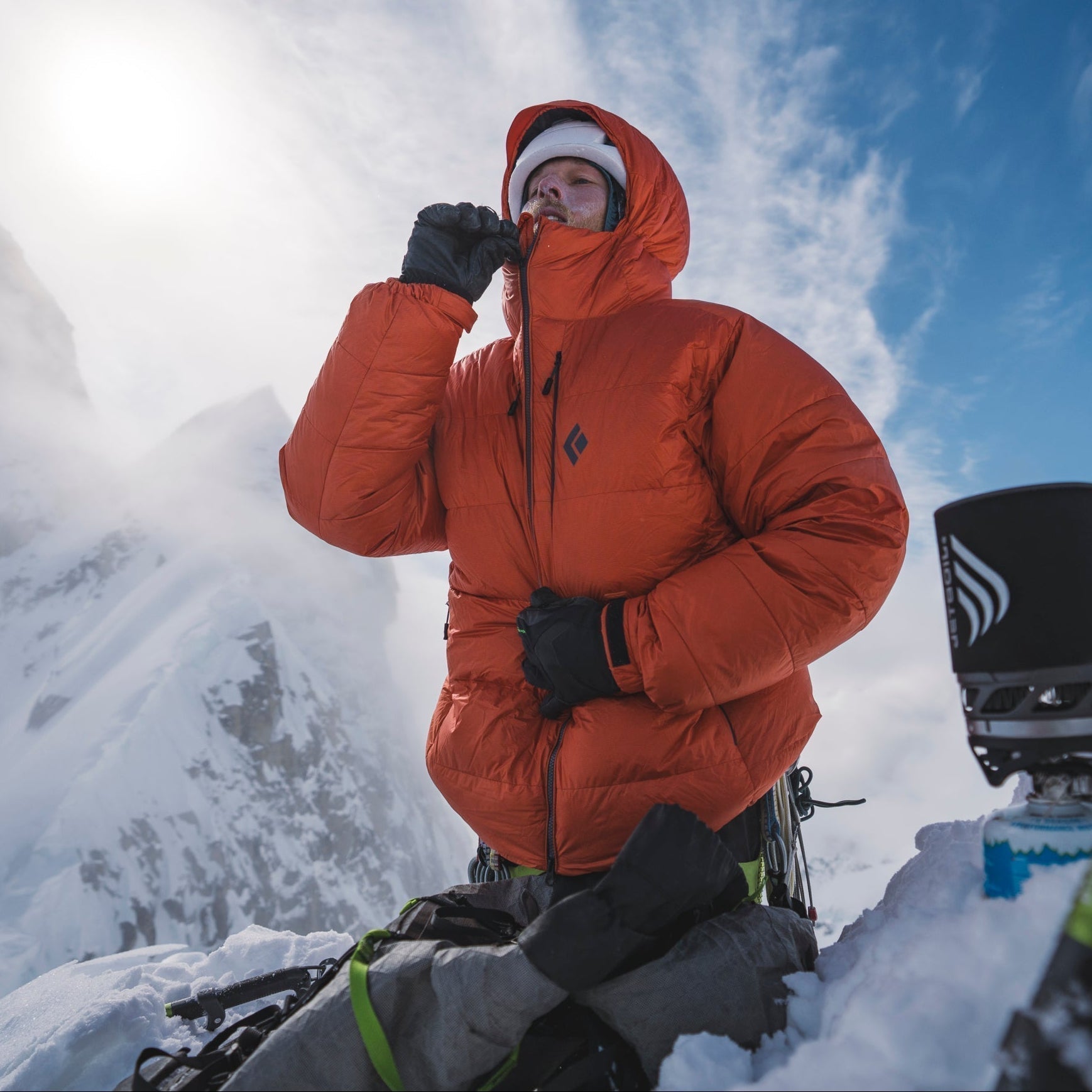

Watch and learn as our Field Test Coordinator runs you through a step by step...
Watch and learn as our Field Test Coordinator runs you through a step by step process of trimming and setting up any STS-style Black Diamond skin.


Every climber has a few lines they dream about. Whether inspired or haunted—or sometimes both—these...
Every climber has a few lines they dream about. Whether inspired or haunted—or sometimes both—these lines can push us beyond what we thought we were capable of, in turn teaching us who we really are. BD Ambassador Ethan Salvo recently restructured his entire life to focus on two climbs that pulled him into the void with only one way out … getting to the top. This is his story of sending Dreamcatcher and becoming the first Canadian to climb V16 in the same week.
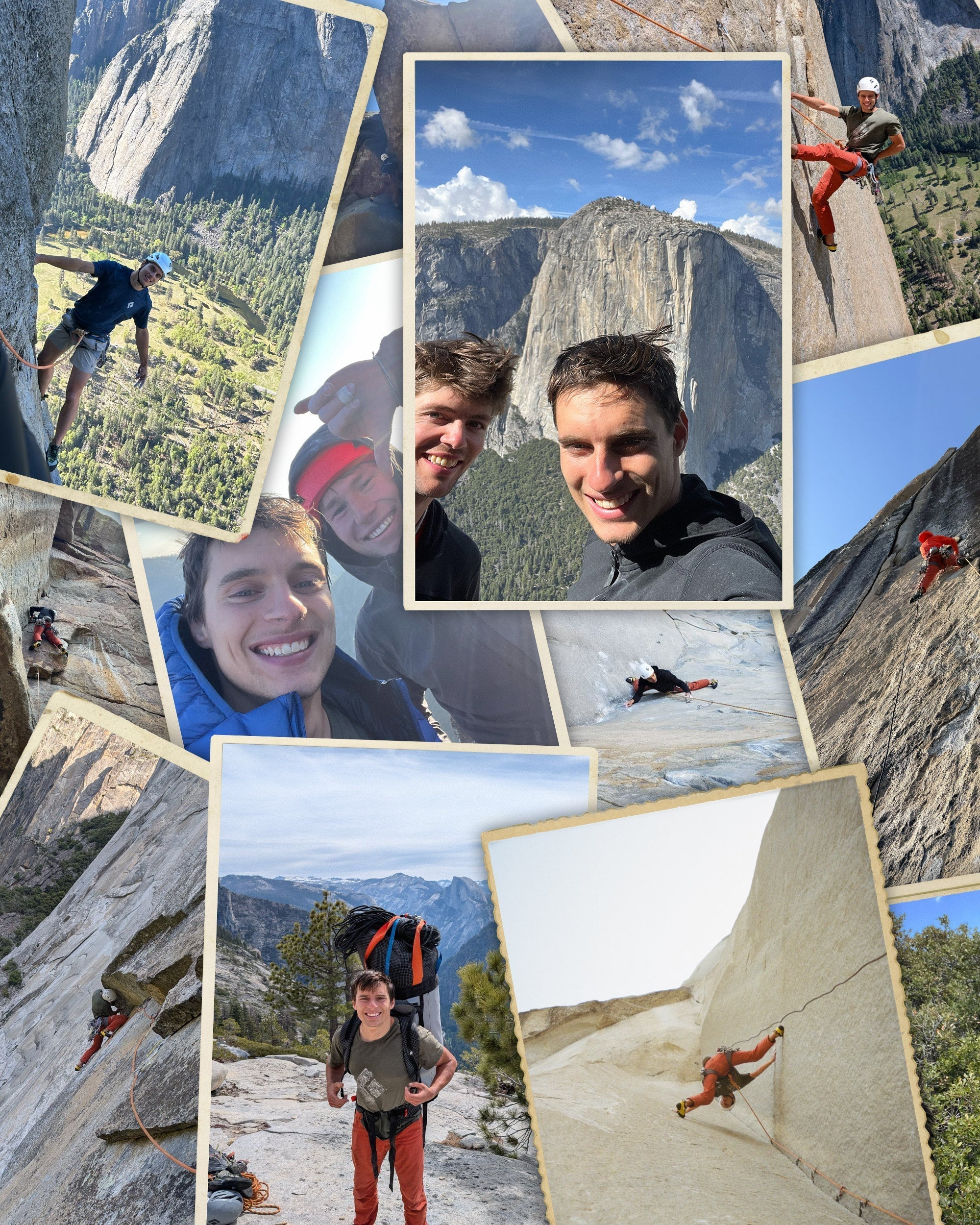
BD Athlete Connor Herson spent as many weekends as possible in the Valley this spring...
BD Athlete Connor Herson spent as many weekends as possible in the Valley this spring during a grueling quarter at Stanford. The objective? Ground up, in-a-day ascents.
